AMD's Partners Roll Out Radeon RX 6500 XT Cards: Big, Small, Mini-ITX
Different AMD Radeon RX 6500 XT graphics cards introduced.
This week both AMD and Nvidia introduced their entry-level cards, respectively the Radeon RX 6500 XT and the GeForce RTX 3050. We've collated the current crop of RX 6500 XT cards from AMD's partners into this single report. Will any of these be among the best graphics cards for its price range? We'll have to wait and see. Nvidia fans also have a dedicated RTX 3050 page.
ASRock
ASRock's Radeon RX 6500 XT line-up currently includes two cards: the Radeon RX 6500 XT Challenger ITX 4GB for Mini-ITX systems and the slightly larger Radeon RX 6500 XT Phantom Gaming D 4GB OC for regular desktops.
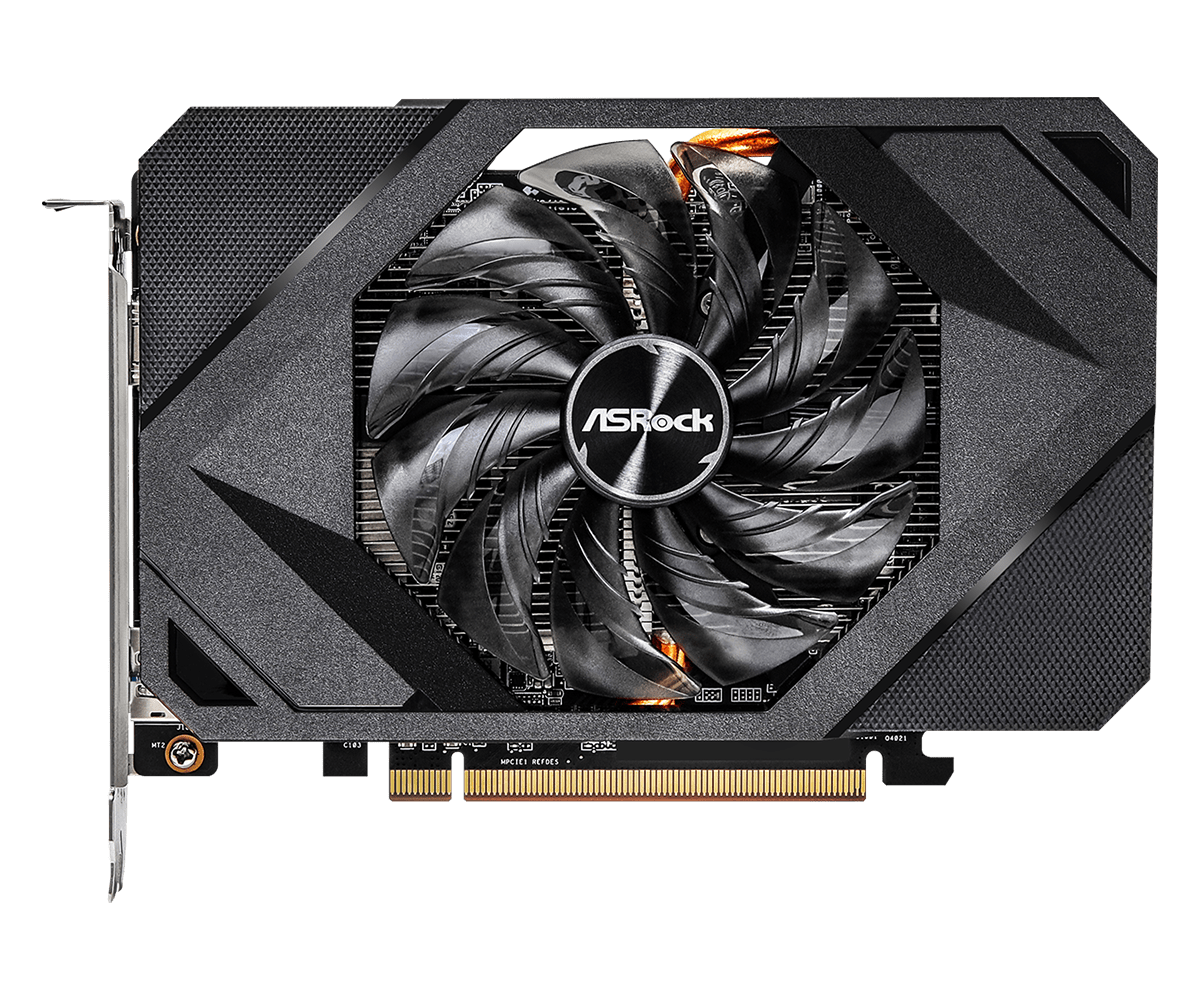
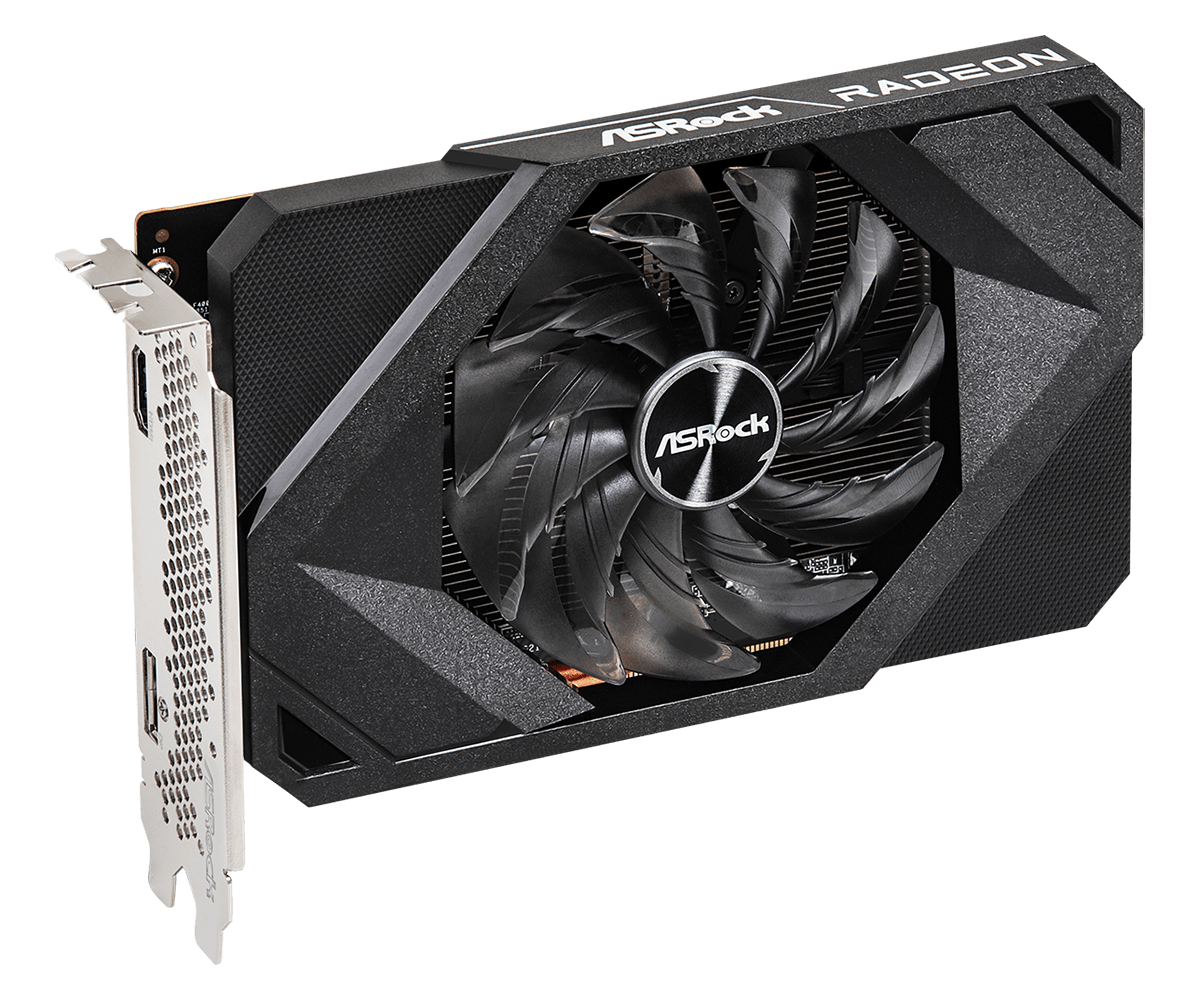
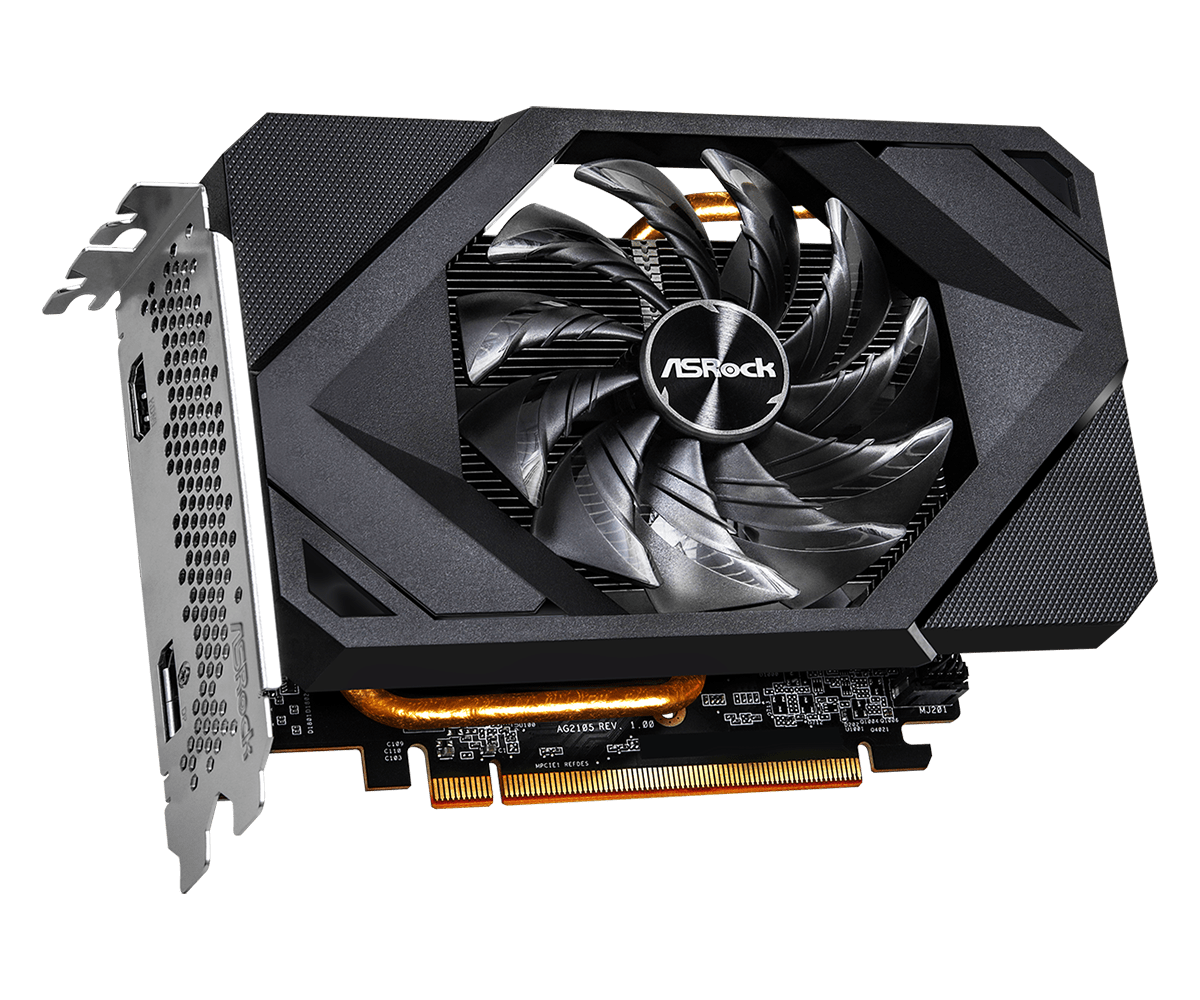
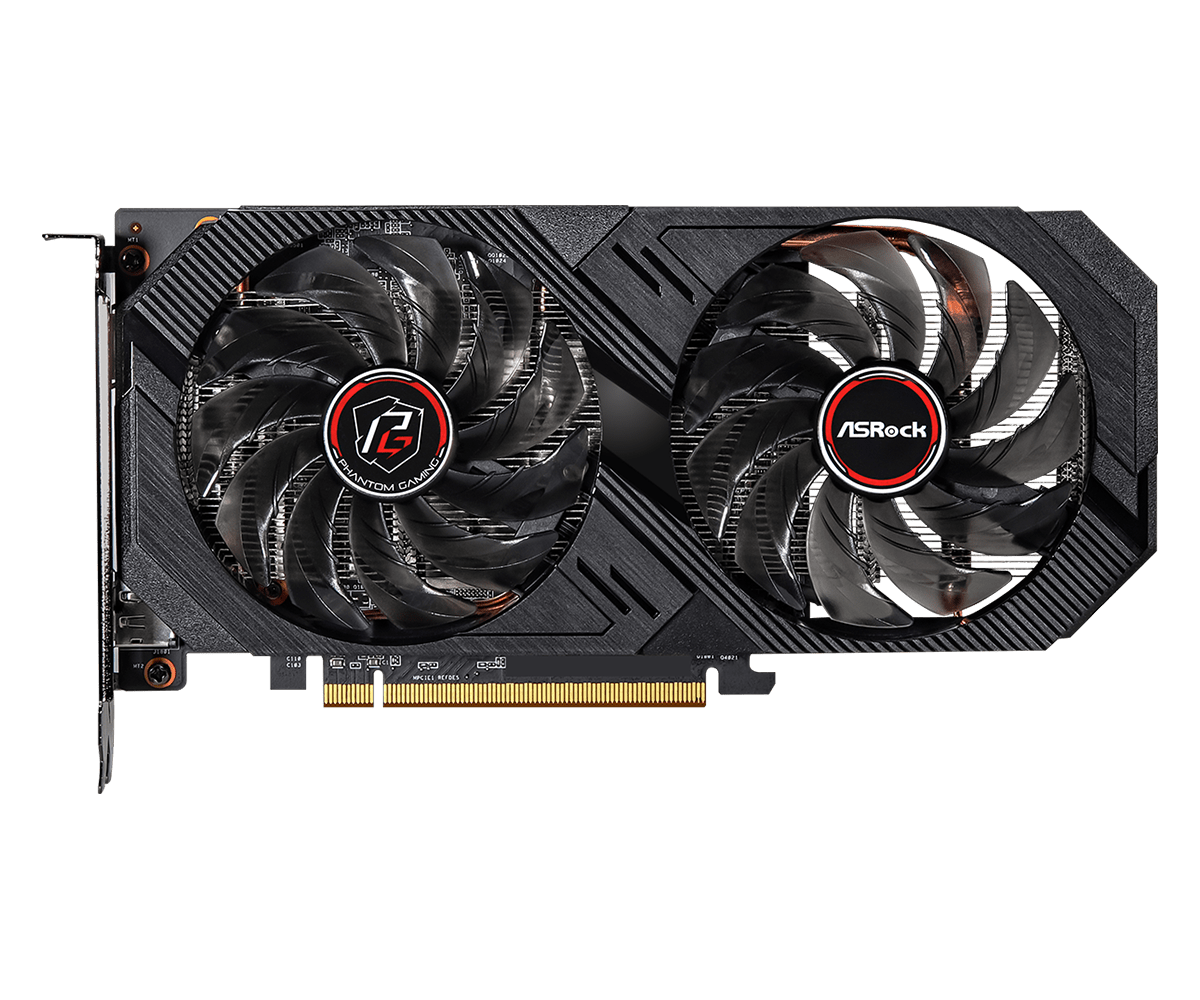
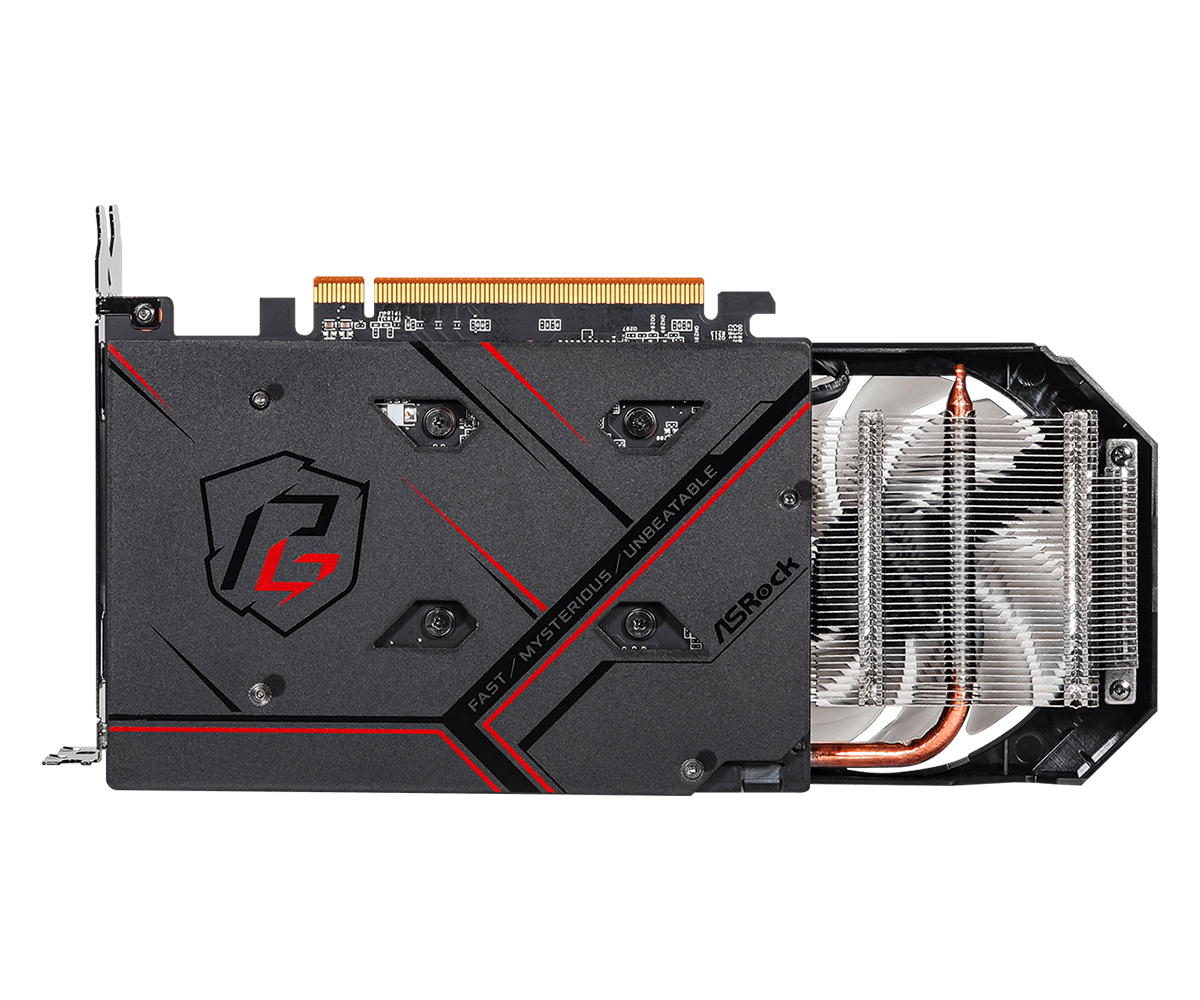
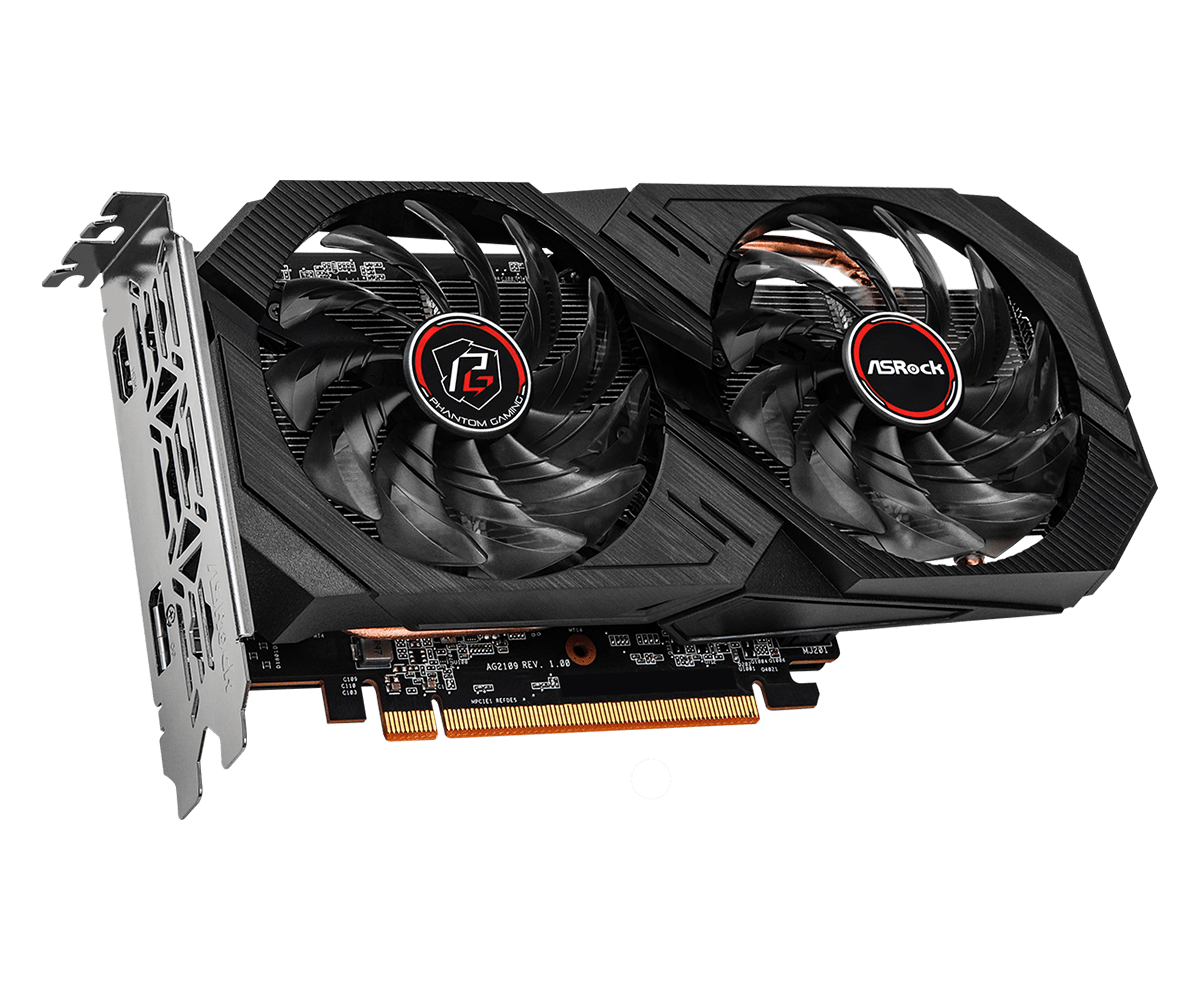
It looks like both boards use the same PCB with two display outputs and one 8-pin auxiliary PCIe power connector, though the larger Radeon RX 6500 XT Phantom Gaming D is equipped with a larger cooler and two fans that should enable higher factory clocks. Meanwhile, the fans on both cards can stop when the GPU is under light load.
Asus
For now, Asus also has only two Radeon RX 6500 XT graphics boards in its line-up: the Dual Radeon RX 6500 XT OC Edition 4GB GDDR6 and the TUF Gaming Radeon RX 6500 XT OC Edition 4GB GDDR6.
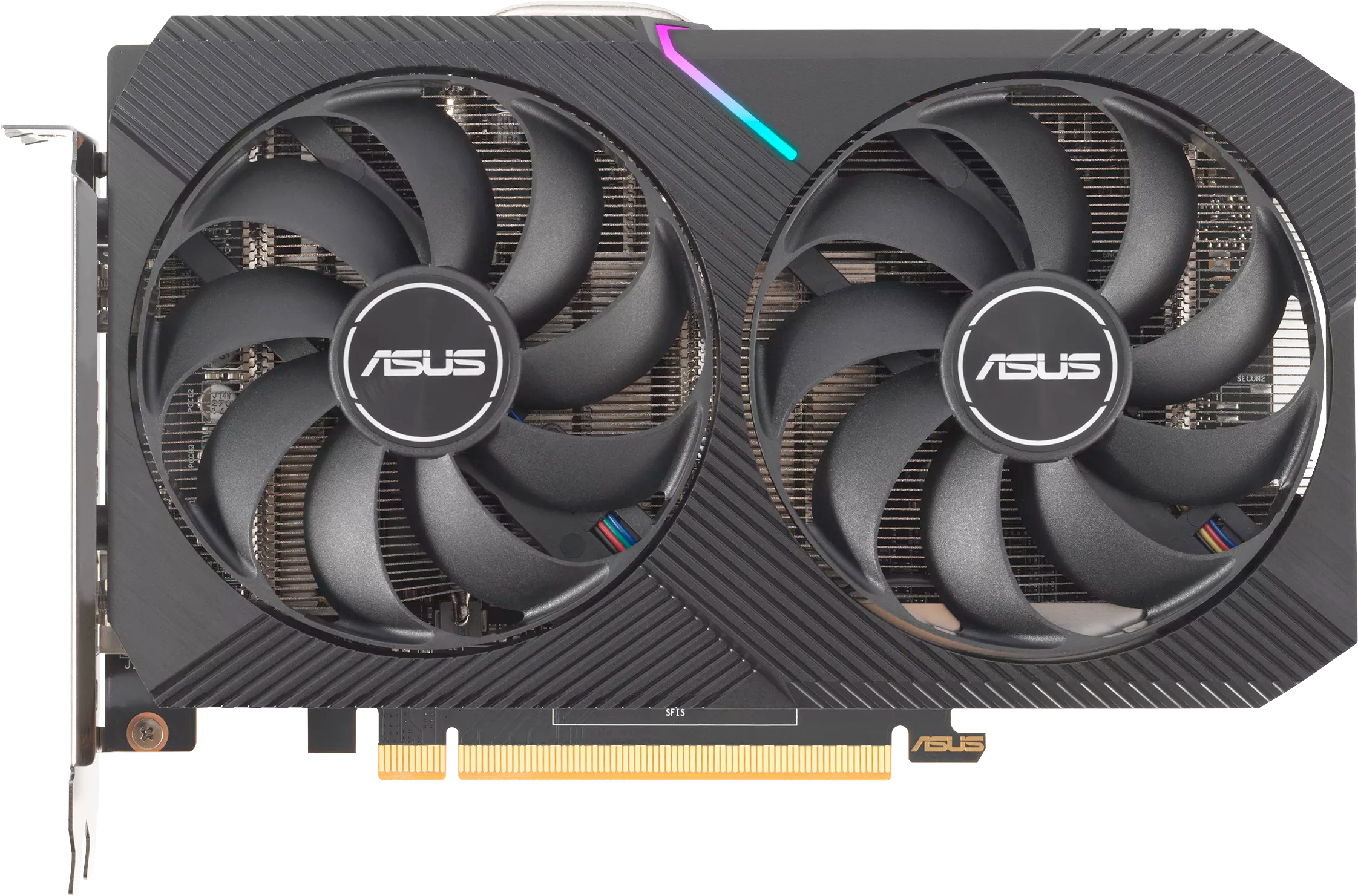
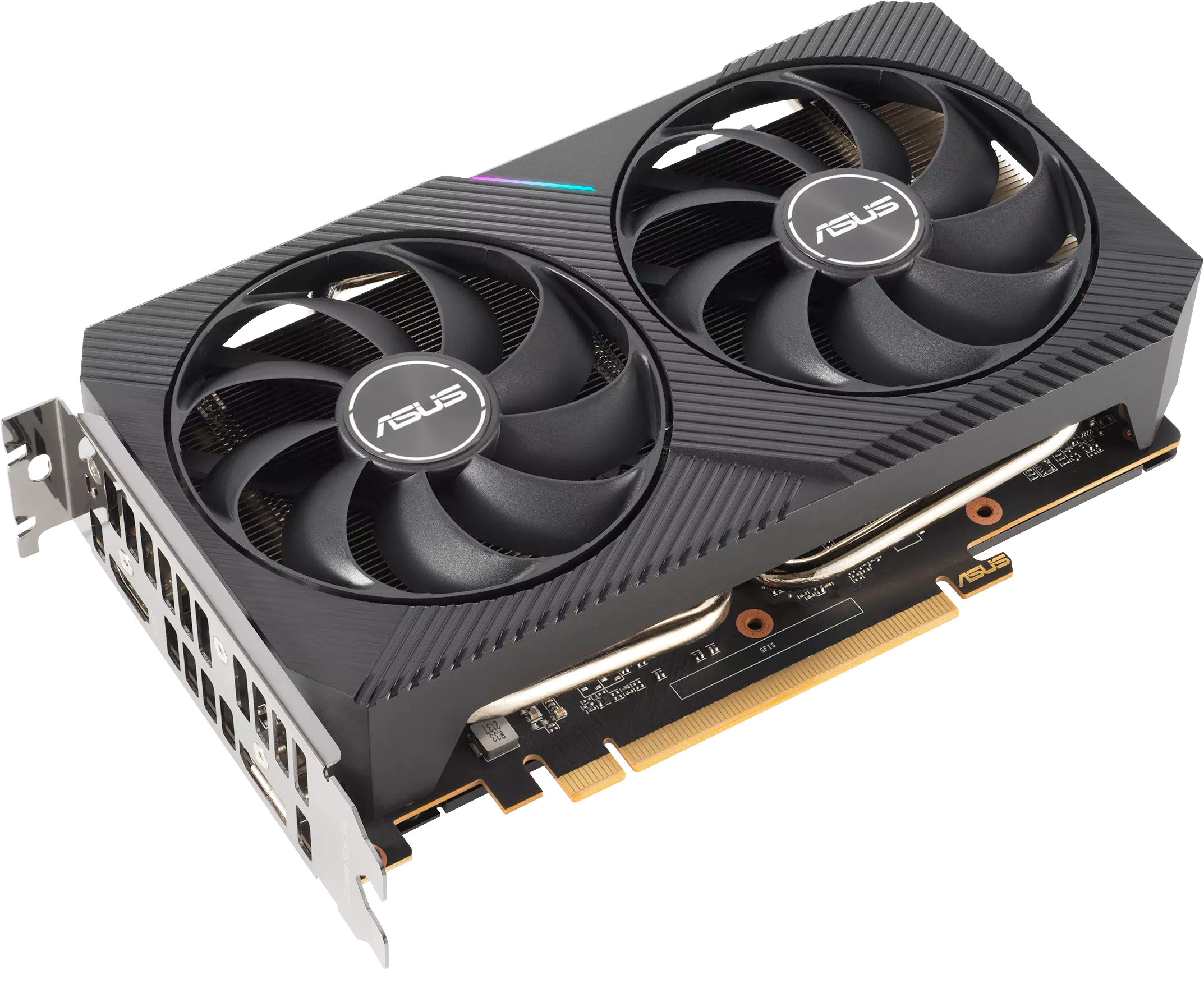
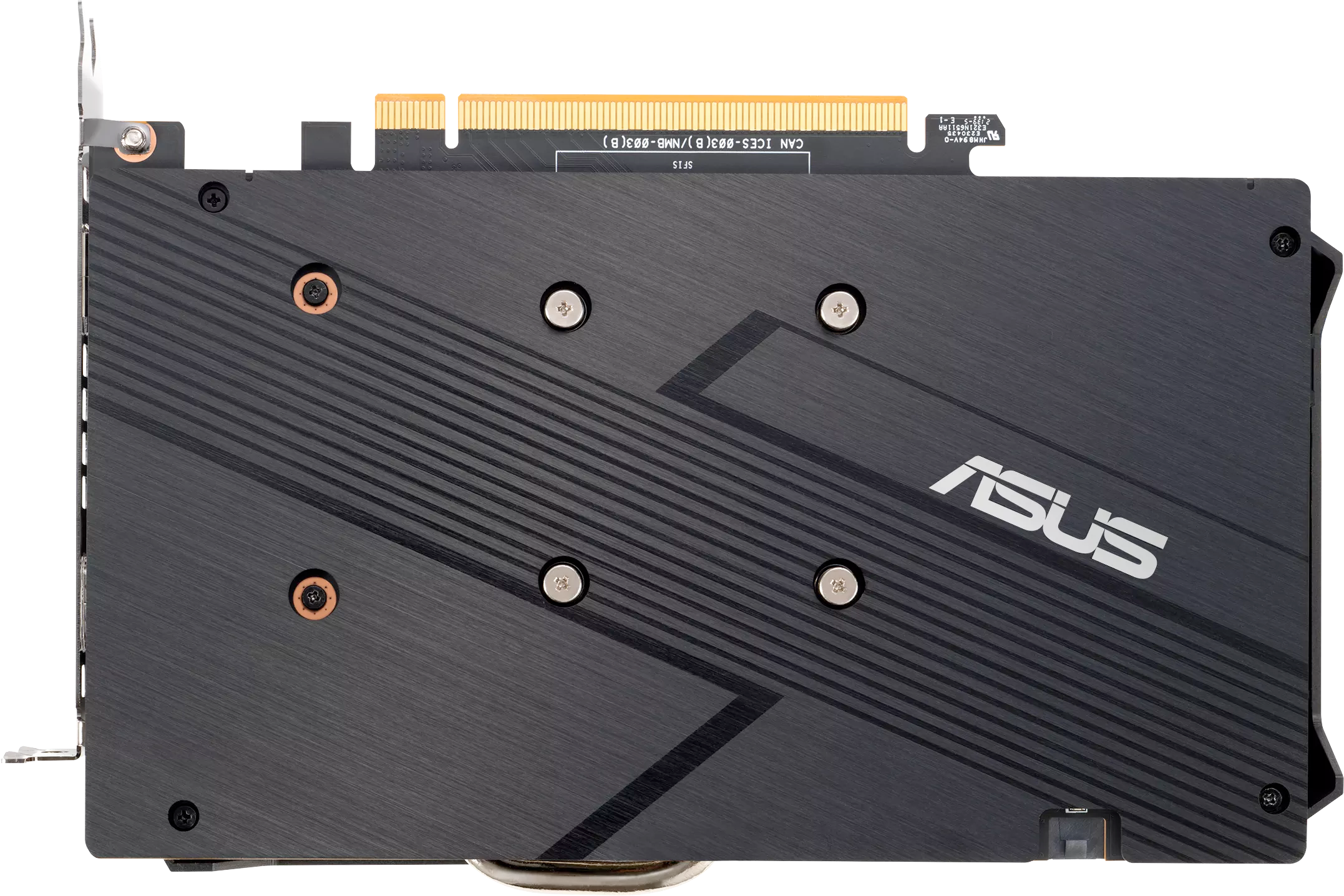
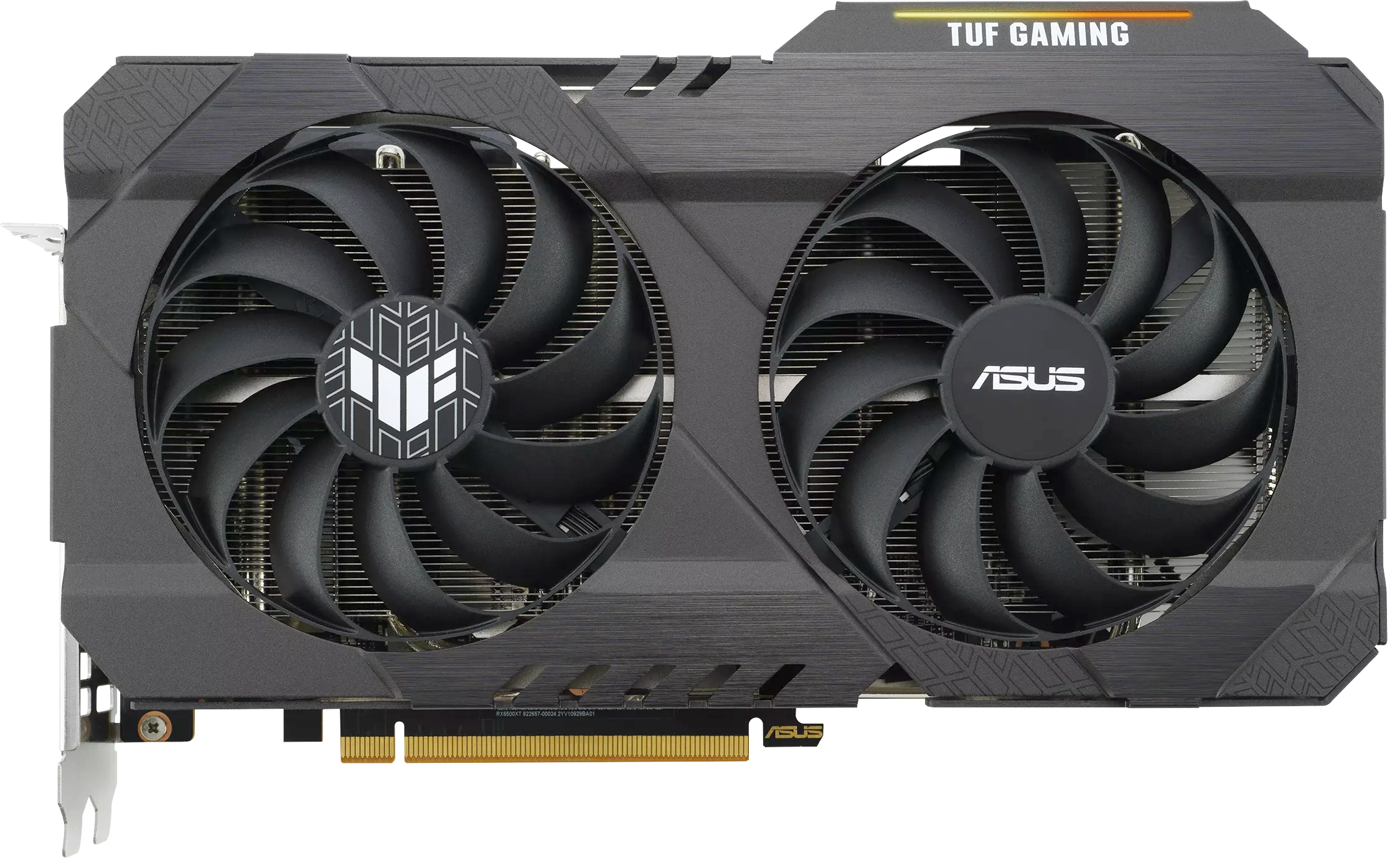
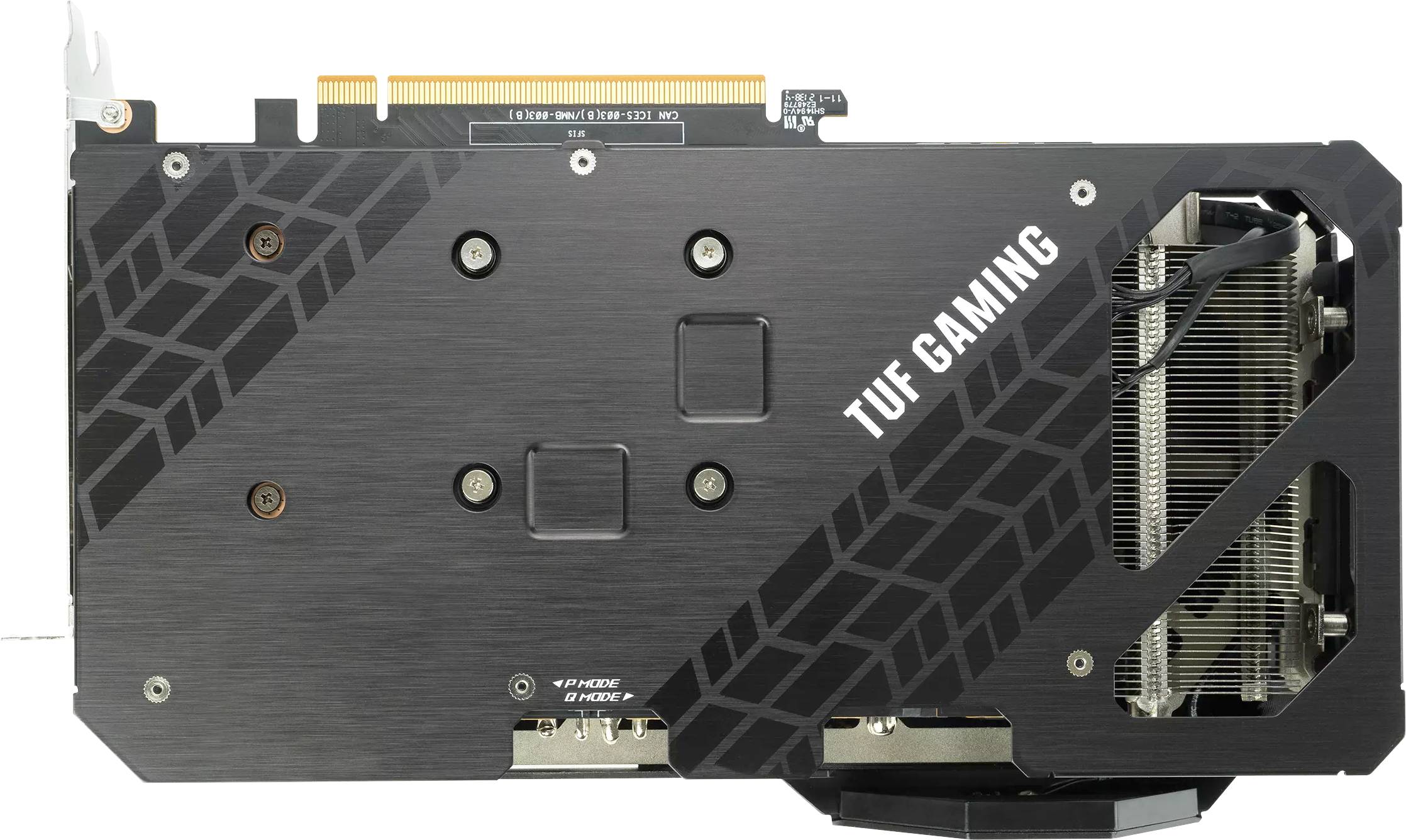
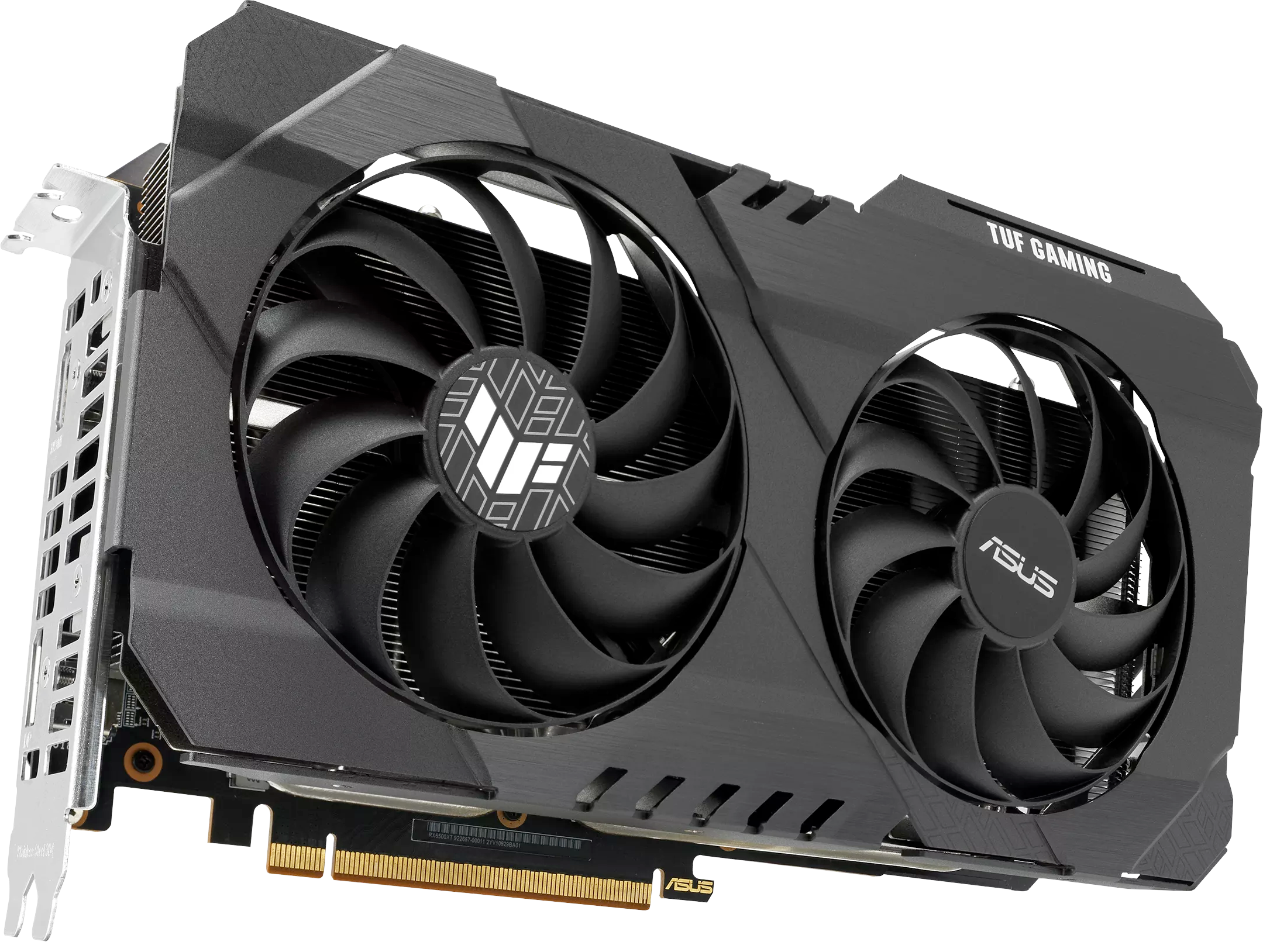
Both boards are equipped with dual Axial-tech fan cooling systems, have two display outputs and require a 6-pin auxiliary PCIe power connector. Yet, the Dual Radeon RX 6500 XT OC Edition is designed for broader compatibility, so it comes with a dual-slot cooler and favors a slightly shorter design. By contrast, the TUF Gaming Radeon RX 6500 XT OC Edition is equipped with a 2.7 slot cooling system to improve its durability and longevity, but at the cost of compatibility with smaller systems.
Biostar
Biostar introduced its only Radeon RX 6500 XT graphics card (to date) a little later than its peers and since this is supposed to be a cheap board, the company decided not to use AMD's reference design and instead created its own inexpensive design.
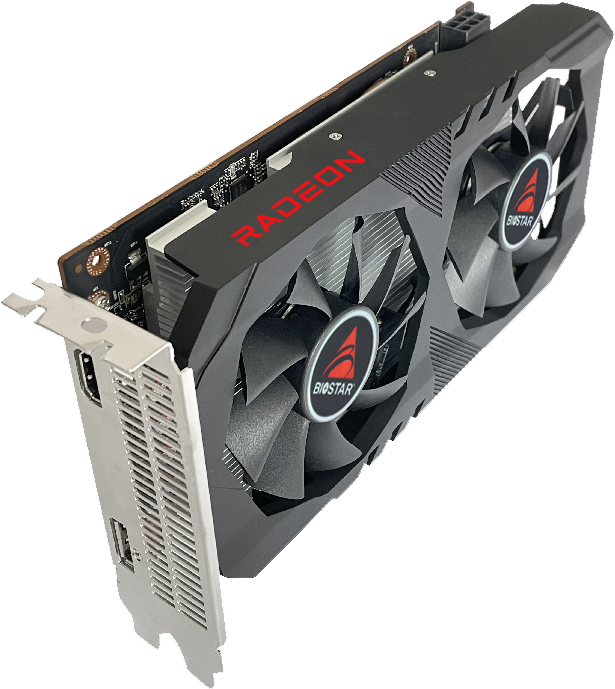

The board uses a rather short PCB, but is equipped with a rather large dual-fan cooler that features two copper heat pipes, which seem a bit overkill for an entry-level product. Perhaps, if Biostar used a more compact cooler, its Radeon RX 6500 XT would fit into small Mini-ITX chassis, but with this one it can only address regular desktops. As for connections, everything seems to be pretty standard for a Navi 24-based card: two display outputs (DisplayPort 1.4a, HDMI 2.1 with VRR) and one 6-pin auxiliary PCIe power connector.
Get Tom's Hardware's best news and in-depth reviews, straight to your inbox.
Gigabyte
Unlike its rivals, Gigabyte decided to go big with the Radeon RX 6500 XT card. The Radeon RX 6500 XT GAMING OC 4G is 282 mm long and is outfitted with a triple-fan WindForce 3X cooling system. Since the manufacturer does not advertise GPU frequency for the card, we cannot tell you whether this massive cooler makes any sense for this entry-level product that has a default TDP of 107W.
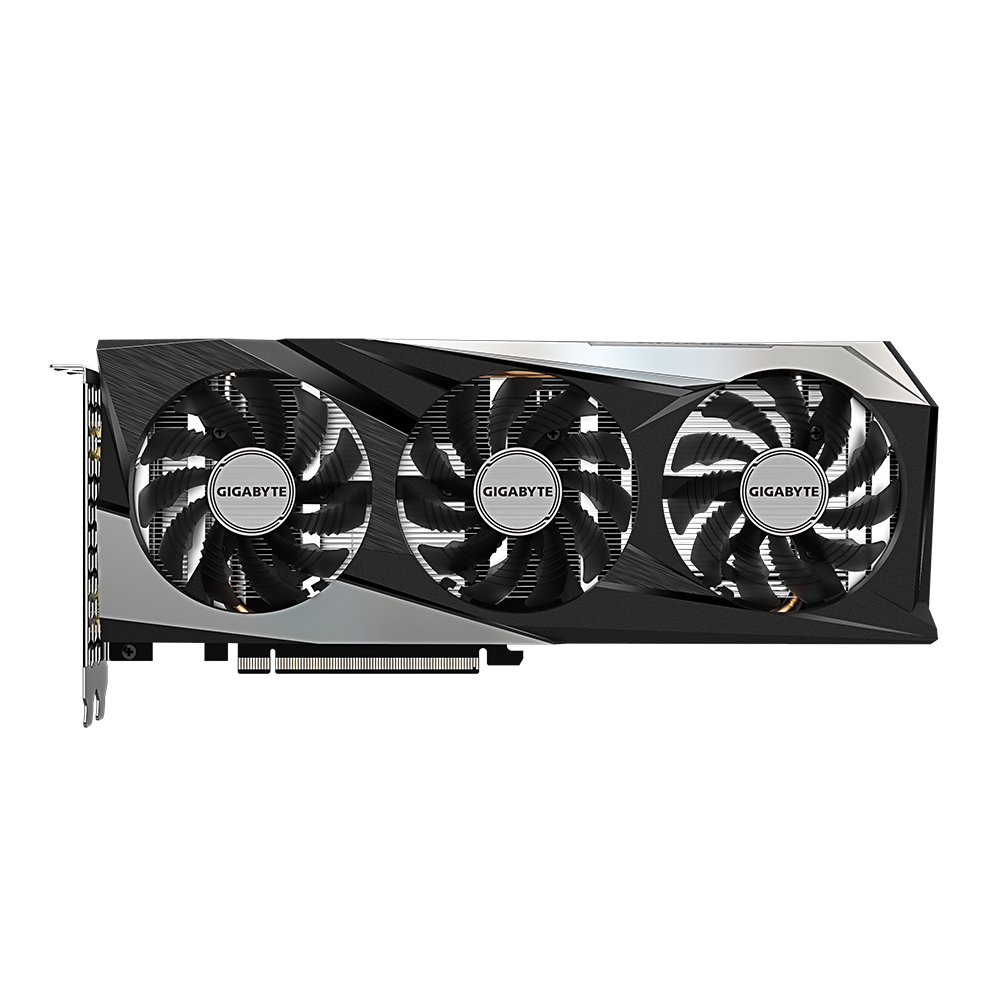
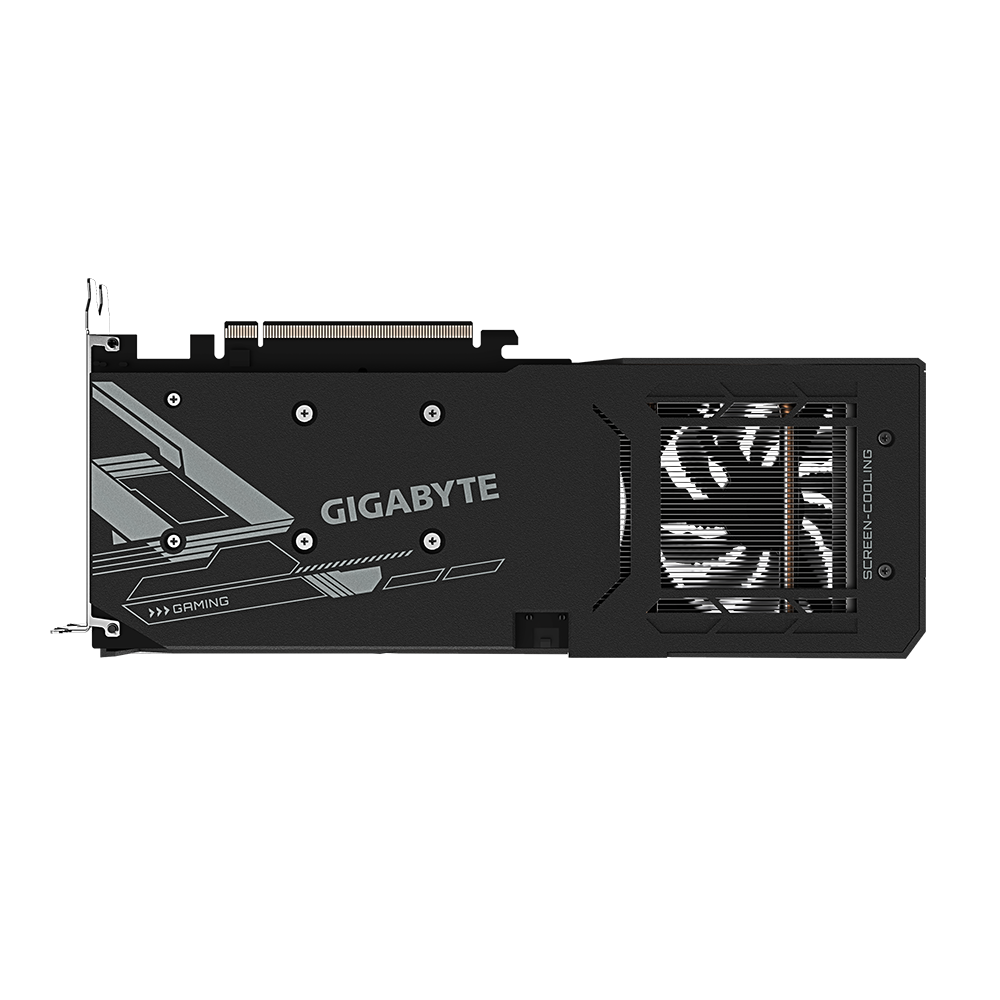
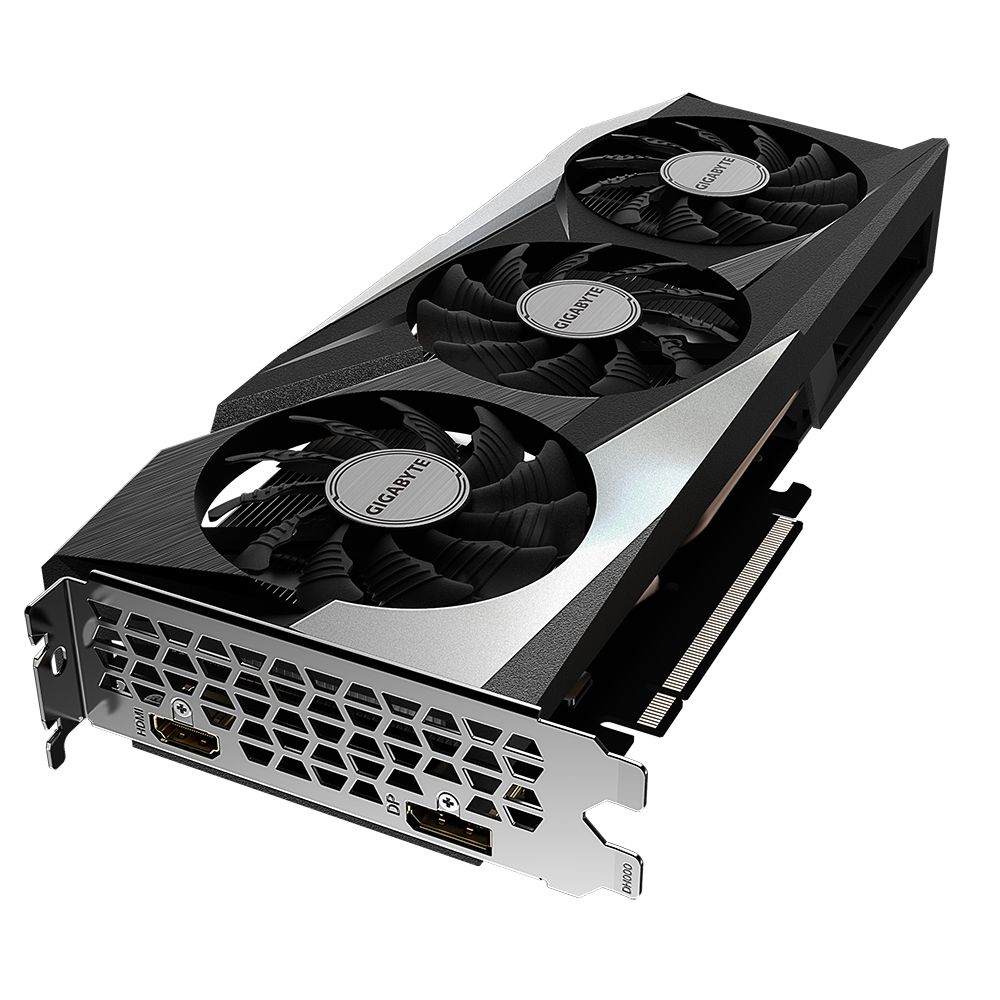
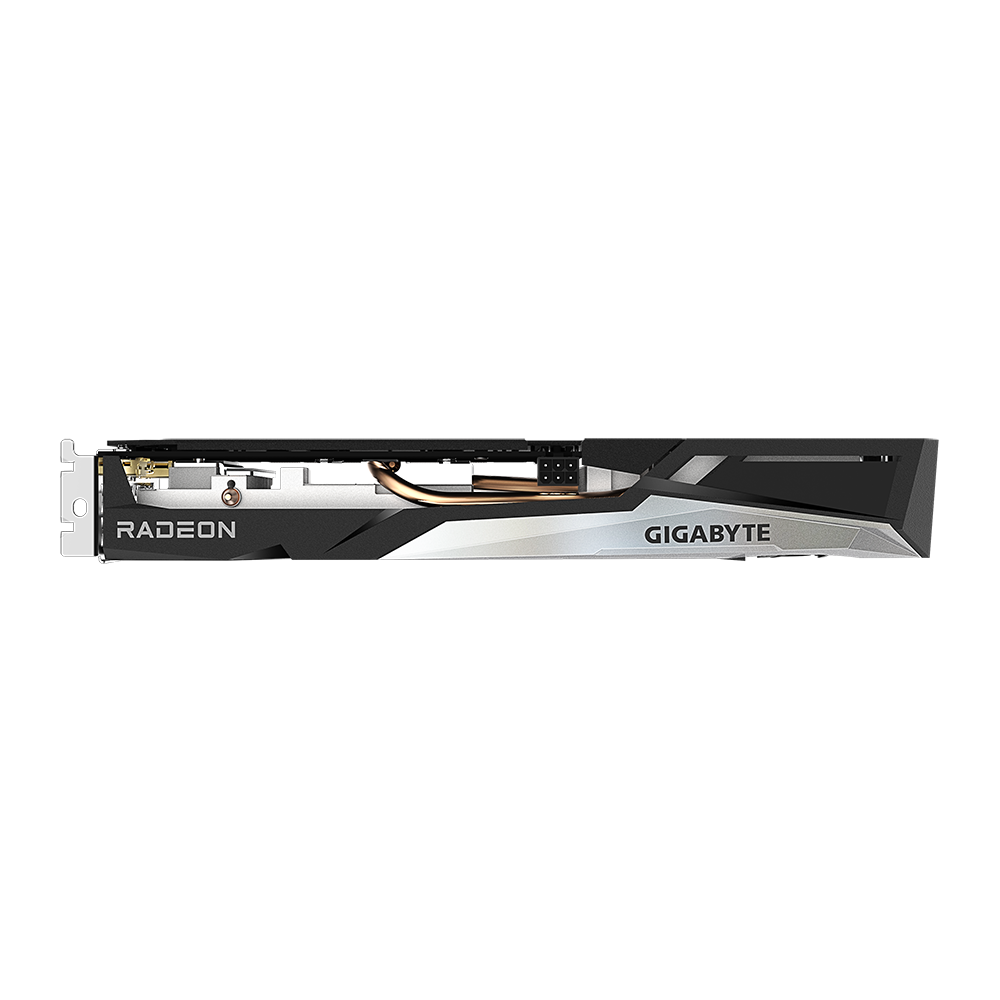
Another Radeon RX 6500 XT board that Gigabyte plans to offer is the Radeon RX 6500 XT Eagle 4G that is 192 mm long. This board is not going to fit into tiny Mini-ITX chassis, but at least it should be compatible with most ATX PC cases.
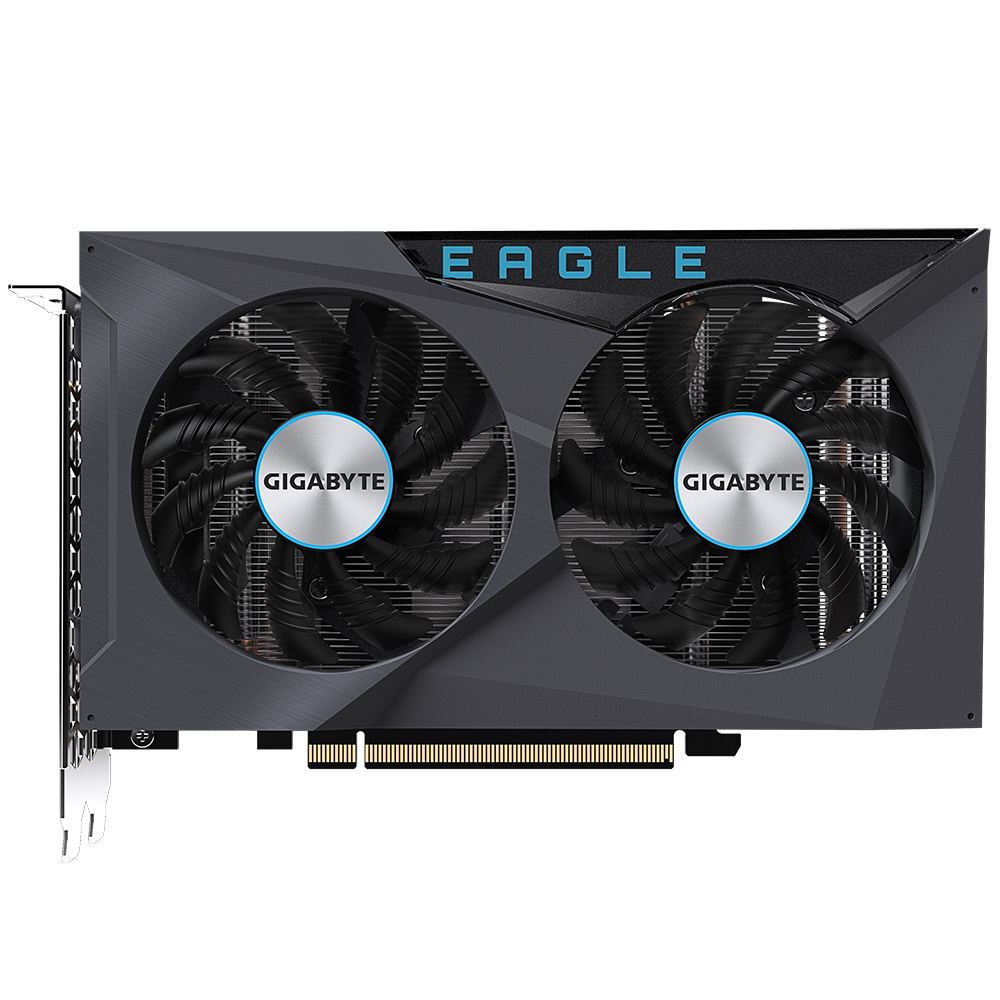
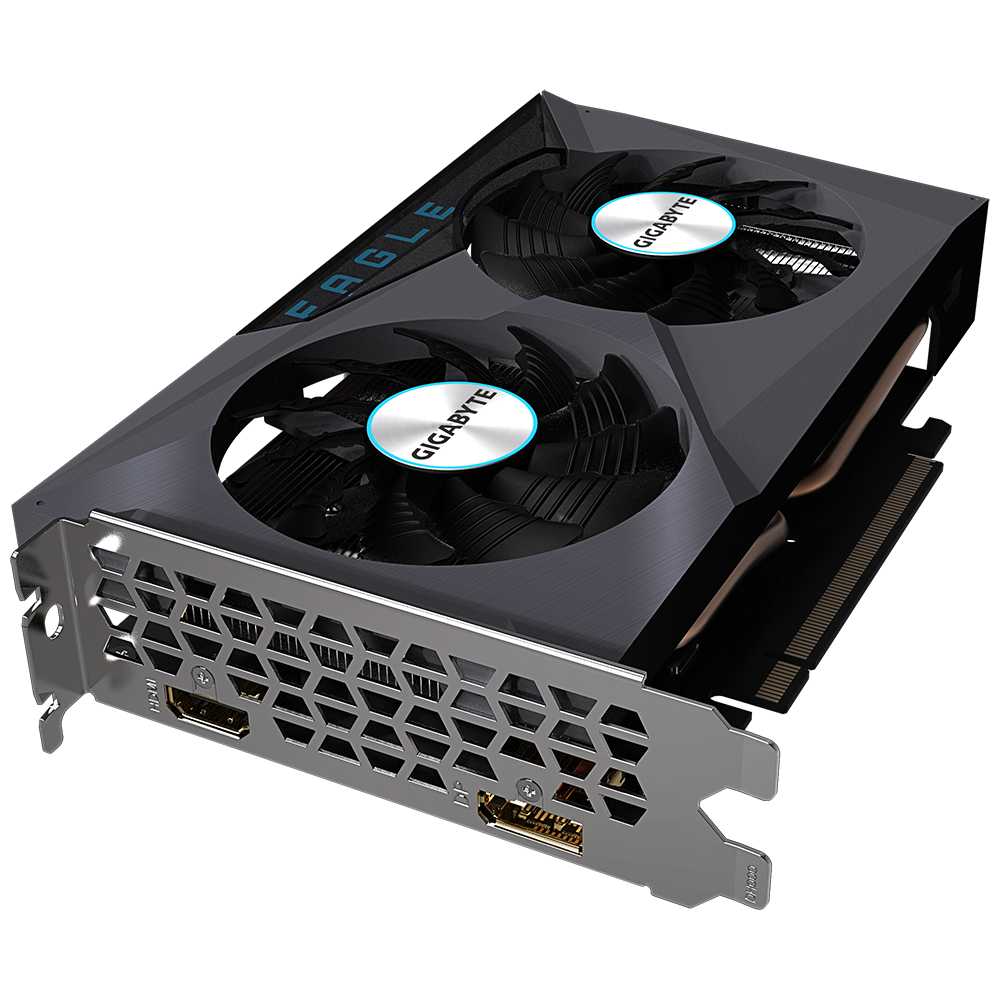
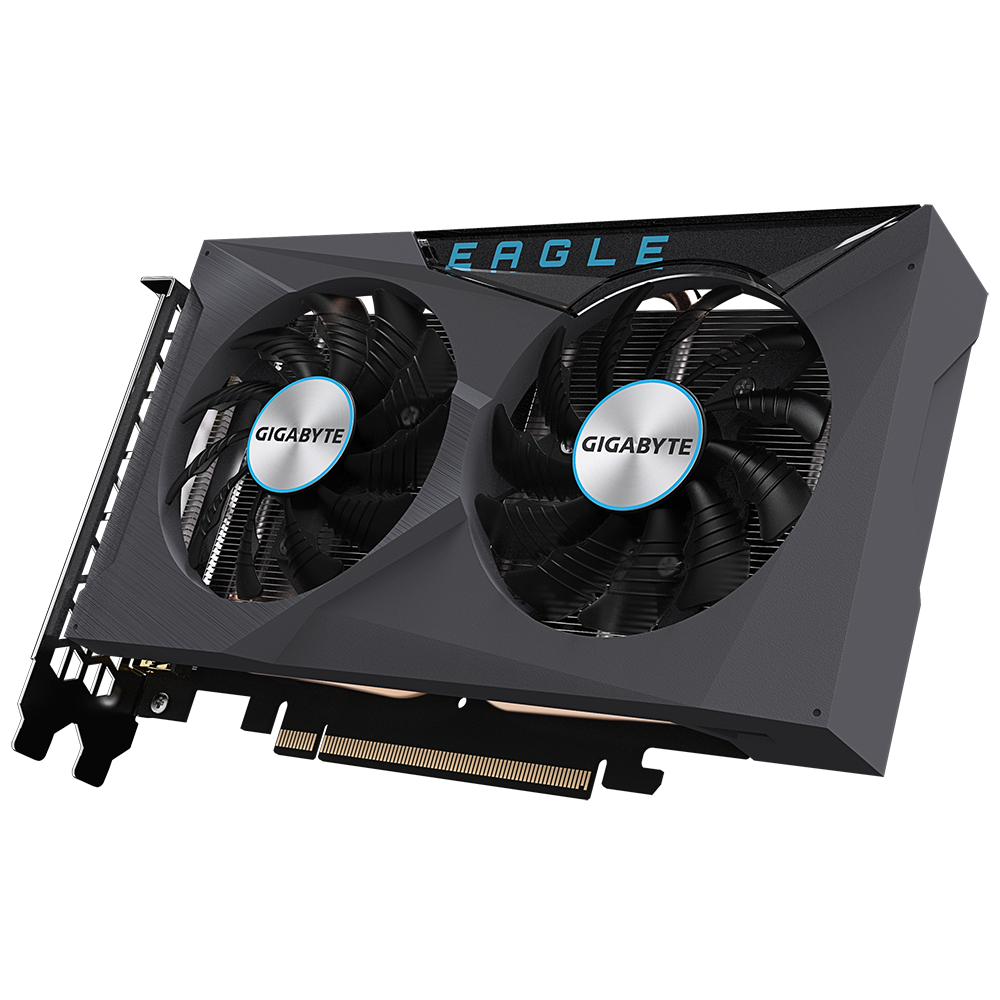
Both Radeon RX 6500 XT offerings from Gigabyte feature two display outputs and one 6-pin auxiliary PCIe power connector.
MSI
MSI perhaps has one of the more rational Radeon RX 6500 XT lineups that we have encountered so far. The family only includes two boards: the Radeon RX 6500 XT Mech 2X 4G and the its factory-overclocked variant called the Radeon RX 6500 XT Mech 2X 4G OC.
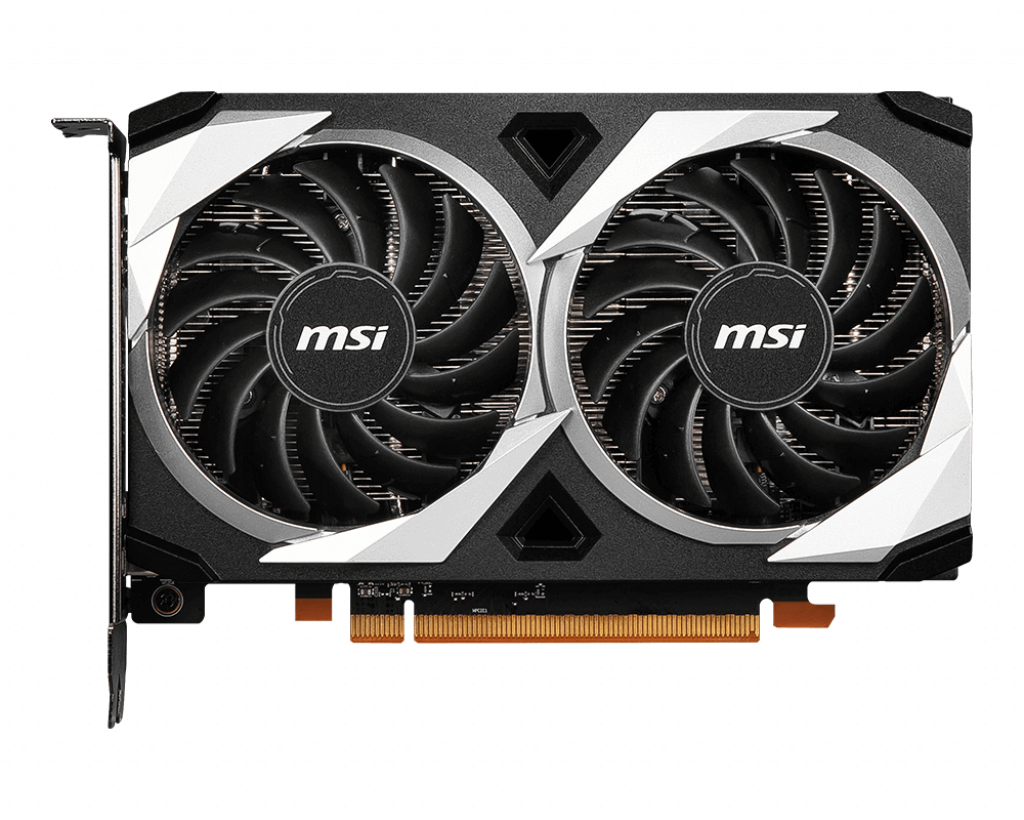
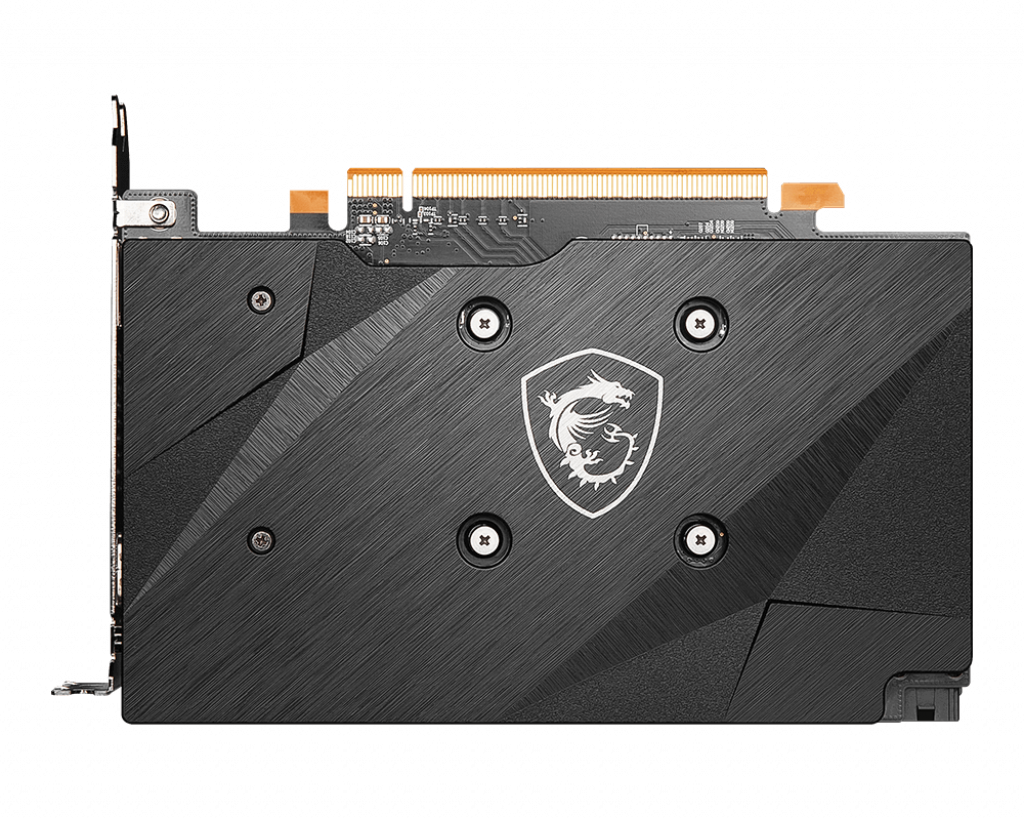
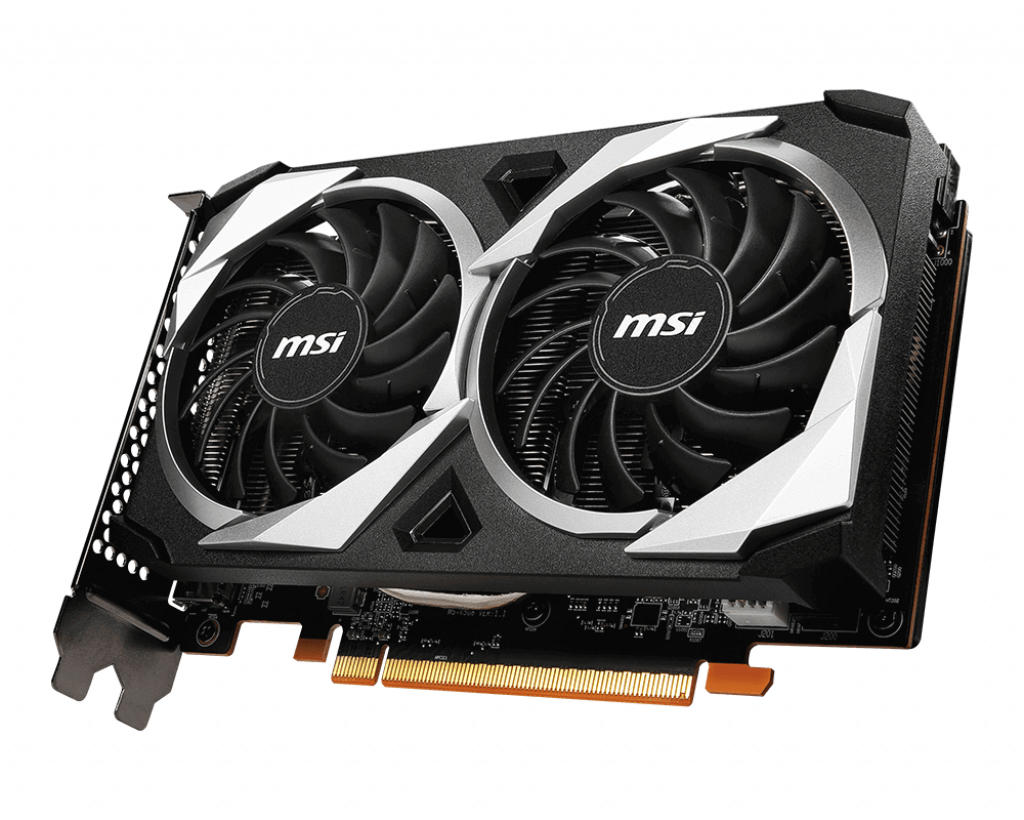
Both of MSI's Radeon RX 6500 XT graphics cards are 172 mm long and fan fit into Mini-ITX systems They are also equipped with a dual-slot/dual-fan cooling system that seems to be good enough to cool down a 107W board. As for inputs/outputs: there are no surprises here: one DisplayPort 1.4, one HDMI 2.1 with VRR, and one 6-pin auxiliary power connector.
Other Vendors
At press time, PowerColor, Sapphire, XFX, and Yeston did not list any Radeon RX 6500 XT graphics cards on their websites. This is a bit surprising since PowerColor, Sapphire, and XFX work exclusively with AMD and should be inclined to offer the whole line-up of the company's products. Perhaps, these vendors are working on something more sophisticated which requires a little more development time. Or maybe these companies do not want to announce products without revealing all of their specifications, such as clock rates.
When announcing its Radeon RX 6500 XT/Navi 24 GPU (1024 stream processors, 64 texture units, 32 render backends, 16 raytracing units, 64-bit GDDR6 memory, 107W TDP), AMD implied that the product is positioned as an entry-level solution for 1080p/Full-HD gaming, so we are not quite sure that this product will make it to the list of the best graphics cards for demanding gamers, but at least it might become a decent upgrade for low-end boards or integrated GPUs used by PC OEMs.
AMD's Radeon RX 6500 XT boards are not going to radically improve performance in games (especially keeping in mind the 64-bit memory interface), ), unlike Intel's Xe-LP-based integrated GPUs they do not support hardware-accelerated AV1 decoding (which means no high-resolution AV1 video a couple of years down the road), they only have two display outputs (one DisplayPort 1.4a with DSC, one HDMI 2.1 with VRR), and since they require an additional 6-pin or 8-pin PCIe power connector they are not going to be compatible with all cheap PCs (that usually lack additional power connectors). But in many cases, they will be better options than low-end or outdated integrated graphics.

Anton Shilov is a contributing writer at Tom’s Hardware. Over the past couple of decades, he has covered everything from CPUs and GPUs to supercomputers and from modern process technologies and latest fab tools to high-tech industry trends.
-
-Fran- Haha, what the hell, Gigabyte? These cards don't need a triple fan shroud. I'd even dare say single fan is more than plenty. I would've loved if they made these slim cards as well, but oh welp.Reply
Regards. -
LuxZg I find it weird not one card is single slot, 107W isn't all that much. Even if a slight underclocking to get to single slot.Reply
As for comment near end of article about it not being compatible with PC due to lack of 6/8-pin connectors, that's just 30W extra, and even lowest end OEM configs have at least ine or two additional molex or SATA power connectors, so a 1$ adapter to 6-pin should solve that. May not fit OEM miniITX builds that weren't designed for it (probably due to power supply limit, not cabling), but I doubt any OEM PC in several years is out of reach for this. Yes, there are some that can't even accommodate a single extra HDD, but in my experience those are minority.
Anyway, I also guess 6400 will be there soon for both of above cases, single/slim cards and no additional power. -
shady28 The AMD numbers imply it will land around RX 580 / GTX 1060 performance, and a little (5-10%) under a stock 1660. If they can make enough of these that they are available around $199, it will throw a needed lifeline to PC gaming.Reply